Selected Plants of Navajo Rangelands
Thistle, Canada
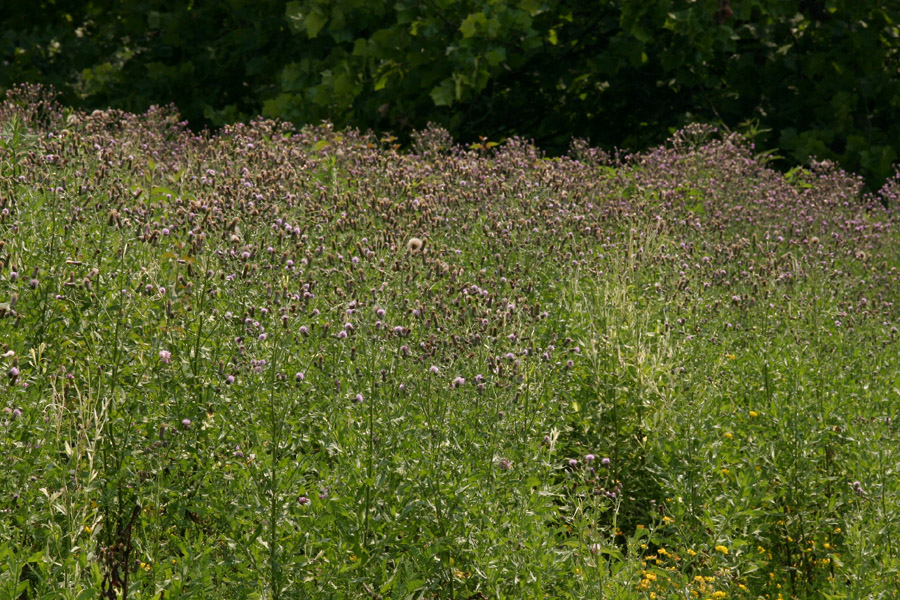
Canada thistle is a non-native, invasive, perennial plant that can be very difficult to kill. Its roots spread aggressively and form dense colonies on roadsides, crop fields, pastures, and rangelands, generally on disturbed ground. It emerges from its root system (or from seed) in the spring and forms rosettes. Flowers occur in groups of one to five, varying in color from white to purple. Individual flowers are about half an inch in diameter. Leaves are bright green and shiny with a hairy undersurface. Canada thistle prefers moist soil but can be found in a variety of soil types, at elevations up to 12,000 feet. Seeds survive in the soil up to 20 years, so it is wise to treat new infestations (with grazing, mowing and/or chemical control) before plants set seed. Pulling up or tilling Canada thistle spreads root fragments that can form new plants. Prevention, by maintaining healthy pastures, riparian areas, and rangelands, is the best control.
Cattle, goats, and sheep will graze on Canada thistle when plants are young.
Species of thistle on the Navajo Endangered Species List:
- Cirsium rydbergii, Rydberg's thistle (Group 4 Navajo Endangered Species List)

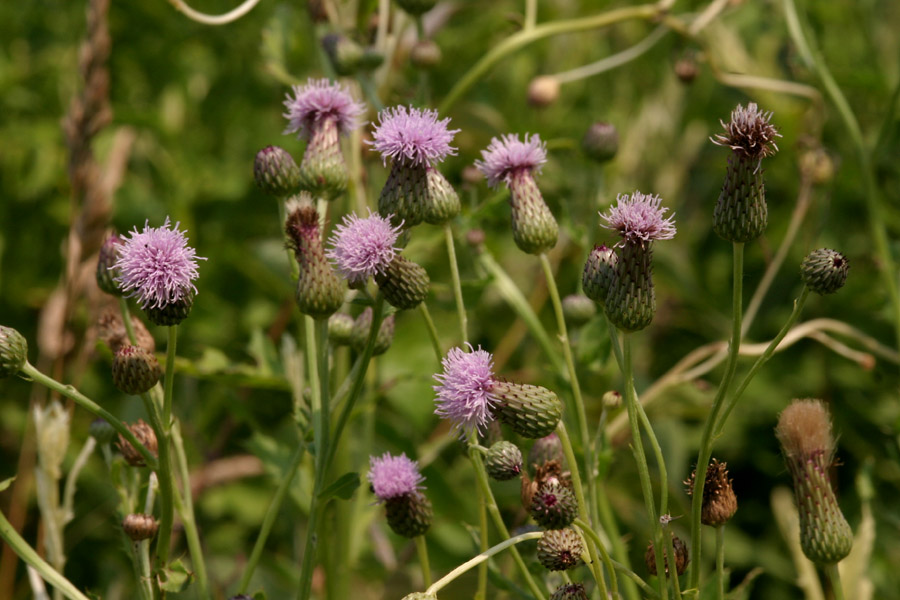
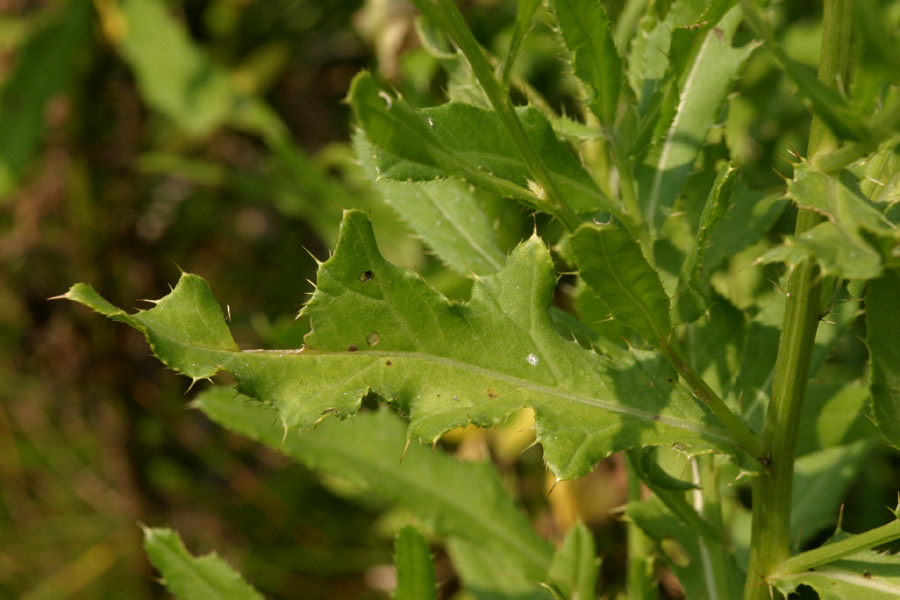
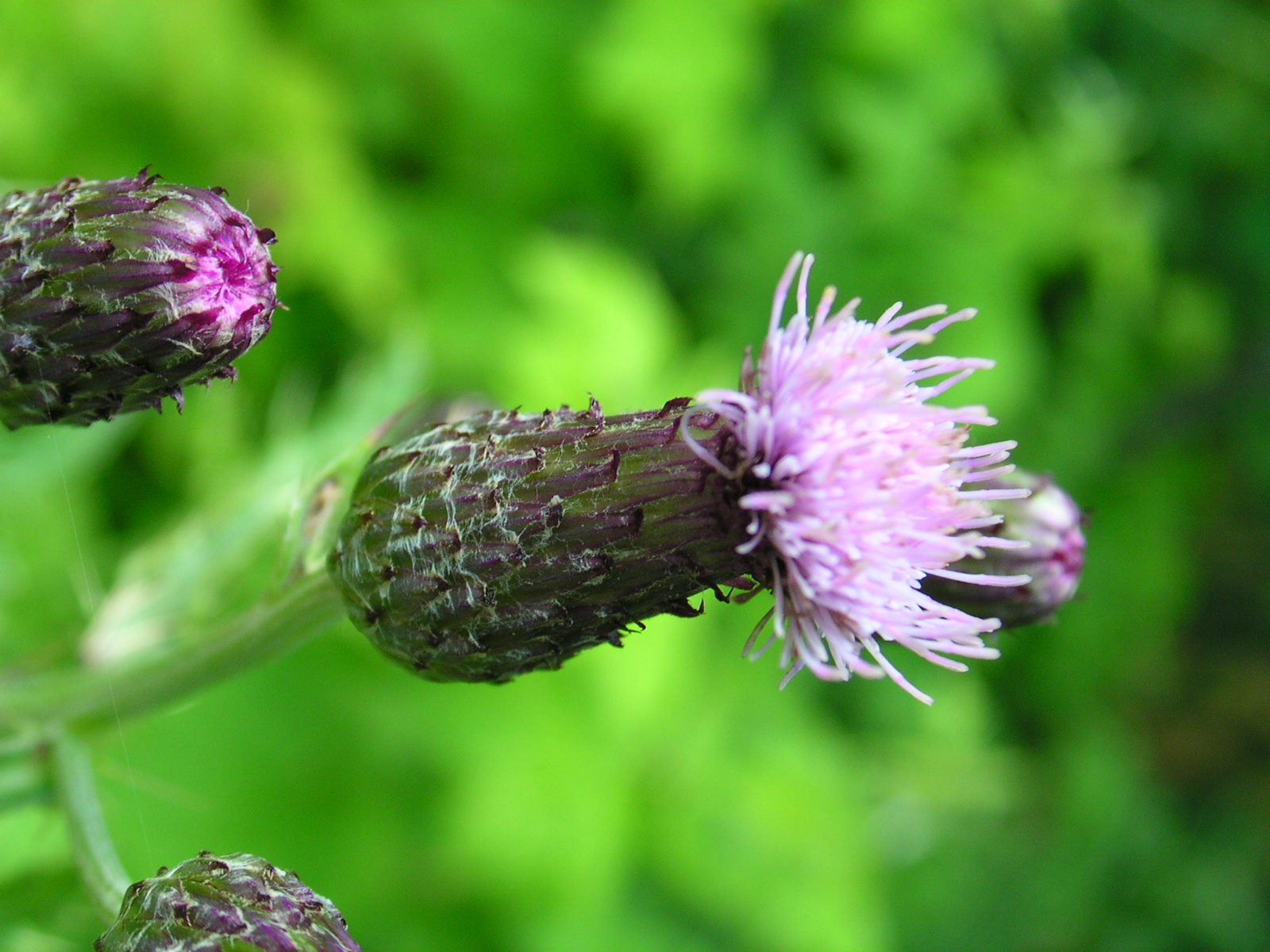
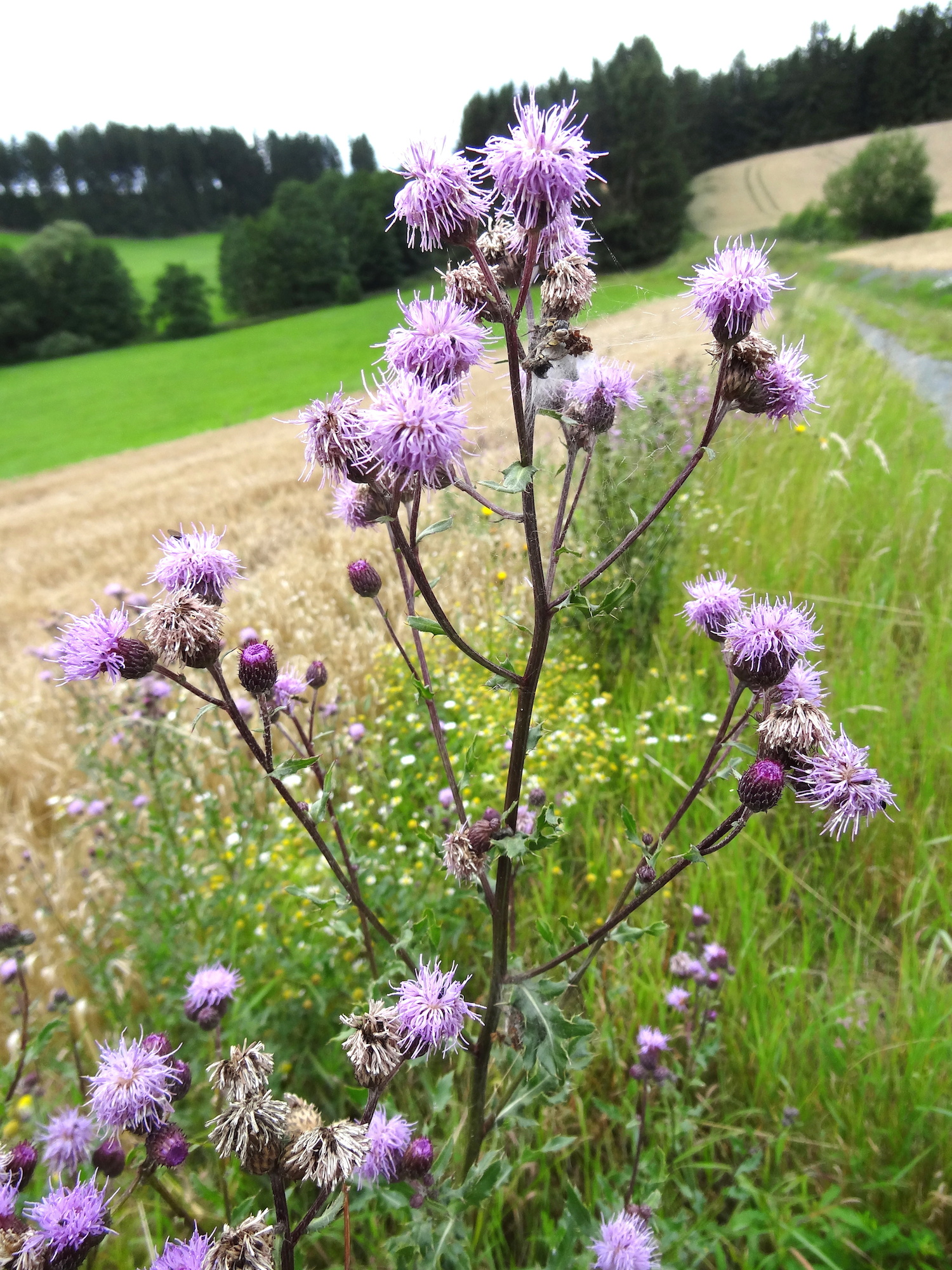
©2018 NMSU Board of Regents.
Individual photographers retain all rights to their images.
Partially funded by the
Western Sustainable
Agriculture Research and Education Program
(westernsare.org; 435.797.2257),
project EW15-023.
Programs and projects supported by Western SARE are
equally open to all people.